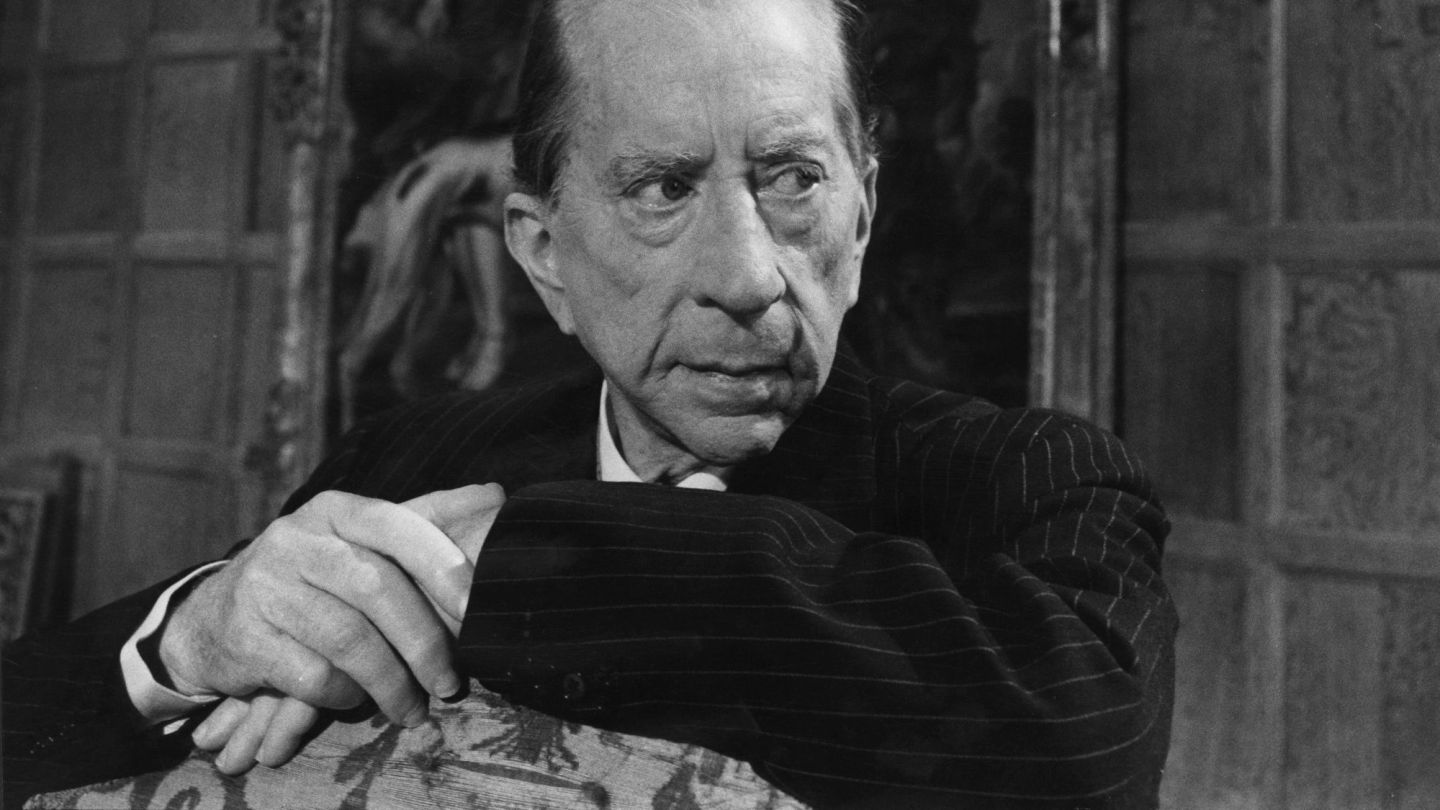

The life of J. Paul Getty, the “richest man in the history of the world”
The focus of Ridley Scott's latest, just who was this British industrialist and infamous individual?
- Words: Jonathan Wells
Last year, the Getty name was on lips across the globe. From the high-flying skyscrapers of Hollywood to office water coolers around the world, the story was such: A film starring Kevin Spacey as J. Paul Getty was being recast and reshot due to the sexual abuse scandal sweeping the film industry. But, as engrossed as people were with the Weinsteins of this world, and their terrible crimes, people soon turned their attention to the focus of the film – the American-born British industrialist eloquently described in Ridley Scott’s All The Money In the World as “not only the richest man in the world, but the richest man in the history of the world”.
How did J. Paul Getty make his fortune?
Getty came from money and power. During the 20th Century, Getty’s father, George, was heavily involved in the oil and petrol industry. After moving to North America from Londonderry, George shifted career tack from lawyer to oilman, and set his son on the road to success by lending Jean Paul Getty money to invest in oil wells in 1906.
"Getty came from money and power..."
The company that formed from this deal, the Getty Oil Company, was to make Getty his fortune. But, first, the businessman would hone his craft at university. He studied at the University of California in Berkeley and obtained a diploma from Oxford – in Economics and Political Science. During this time, he spent his summers working on the oil fields of Oklahoma, to better understand how his money would be made.
This research paid dividends as, by 1910, Getty had made his first million. His first well, The Nancy Taylor No. 1 Oil Well, was integral to this meteoric success. By 1920, he was a fully-fledged businessman in Oklahoma, and the following decade saw Getty add another $3 million to his estate.
The personal life of J. Paul Getty
This success led to attention, and this attention – particularly of the female kind – and Getty married a grand total of three times during the 1920s alone. His father, from whom his business success had sprung, was greatly distressed by his son’s philandering nature, and left him just a fraction of his $10 million fortune upon his death. Not that it mattered – Getty was a multimillionaire in his own right by then, eclipsing even his father.
However, just before his death in 1930, Getty’s father George was quoted as saying that his son’s recklessness, fickleness and obsession with money would ultimately lead to the destruction of the company that they had built together. Yet shrewd investment and business skill saw the younger Getty flourish. He weathered the financial storm of the Great Depression admirably, and acquired oil companies from Tidewater Oil to the Pacific Western Oil Corporation – growing and growing his business until it spanned not just America, but the globe.
Getty’s Gamble
George Getty may have been right about his son’s capacity to sink the company, but luck was on J. Paul’s side. In 1949, the businessman paid almost $10 million in cash to Ibn Saud, the founder of Saudi Arabia, for drilling rights to a plot of land where oil had never been found. It was a monumental gamble, and one which looked to have failed – no oil was found in the area for four long years, and $30 million investment – but from 1953 the black gold was found, and 16 million barrels a year were produced from the plot.
"In 1949, the businessman paid almost $10 million in cash to Ibn Saud, the founder of Saudi Arabia, for drilling rights to a plot of land where oil had never been found..."
This success in the Middle East – buoyed by Getty’s willingness to learn the native tongue – is what made him the richest man in the world. He owned the controlling interest in almost 200 businesses, and had wealth of somewhere between $2 billion and $4 billion. It was also around this time that the industrialist made possibly his widest-quoted observation: “The meek shall inherit the earth, but not its mineral rights.”
Obsession with England
Despite his family hailing from the British Isles, and Getty studying at Oxford briefly, the businessman had spent much of his life in America. However, when the 1950s rolled around, the billionaire discovered a newfound love for his homeland, and moved to a 16th-century Tudor estate, Sutton Place. This estate became the epicentre of his business operations, and was used to entertain everyone from Middle Eastern dignitaries to the eminent Rothschild Family.
Getty had already cultivated a reputation as a miser, and this was only reinforced by his behaviour at Sutton Place, where the businessman installed a payphone for staff and visitors to use. By this time, Getty was on his fifth marriage, to Louise Lynch. He had a total of five children during his life and one of his sons by his fourth wife, John Paul Getty Jr, would in turn father Jean Paul Getty III – a child who would go on to catalyse the most infamous period in the industrialist’s life.
The kidnapping of John Paul Getty III
In 1973, the events played out in Ridley Scott’s new blockbuster took place. In Rome, a Calabrian crime group kidnapped Getty’s grandson, then 16 years old, and demanded $17 million for his safe release. Initially, the family suspected a ploy by the teenager – believing him to be safe, and trying to extract money from his grandfather. As such, the ransom was refused.
However, 4 months after the abduction, a lock of hair and a human ear arrived at a daily newspaper. The package, worryingly, had been delayed by three weeks due to an Italian postal strike, so the accompanying note – which read “This is Paul’s ear. If we don’t get some money within 10 days, then the other ear will arrive. In other words, he will arrive in little bits.” – left the youngest Getty’s fate unknown. The kidnappers had, however, reduced the ransom to $3.2 million.
“This is Paul’s ear. If we don’t get some money within 10 days, then the other ear will arrive. In other words, he will arrive in little bits...”
Still, this was too much for Getty. He refused to pay any more than $2.2 million (the highest amount that would still be tax deductible), but lent the remainder of the ransom to his own family – on 4% interest. The billionaire’s grandson was released, but when he called his grandfather to thank him, Getty would not even come to the phone. This behaviour would typify the life of the world’s richest man until his death in 1976, after which he was buried at the Getty Villa in California.
The gravesite is closed to the public – mirroring just how private the industrialist’s life became, even in his death.


